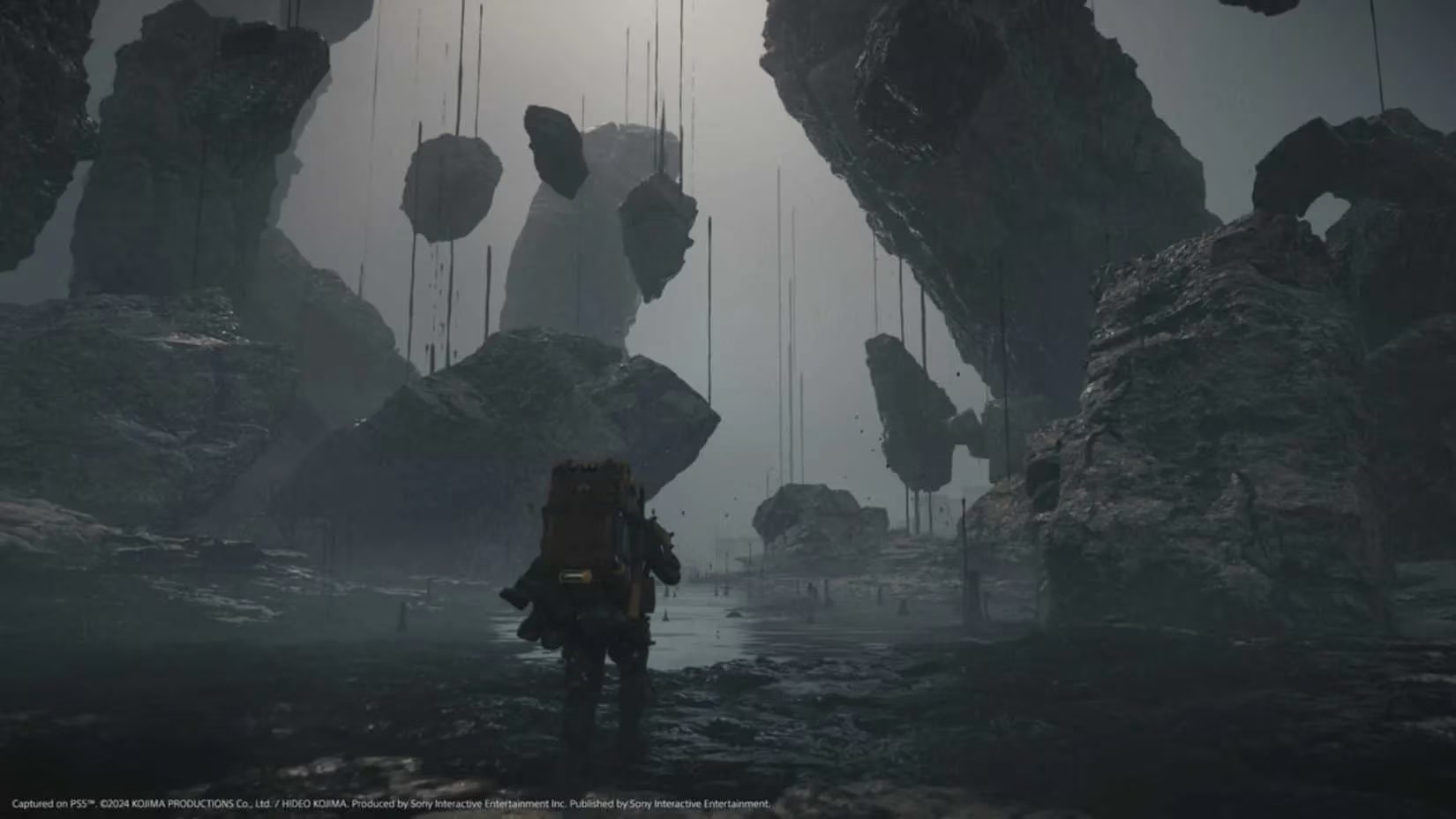Death Stranding 2 continues Hideo Kojima's legacy of weaving intricate personal touches into his games, with the visionary creator confirming he personally embedded obscure references to his past work despite his team's reluctance. In a revealing 2025 interview with Game*Spark, translated by outlets like Automaton and IGN, Kojima detailed how these self-referential Easter eggs—ranging from nods to his earlier projects to cameos featuring Hololive VTuber Usada Pekora, legendary Ghost in the Shell director Mamoru Oshii, and Train to Busan actor Ma Dong-seok—were solely his additions. This aligns perfectly with Death Stranding's expanding universe, which includes upcoming live-action and anime adaptations celebrating its cinematic DNA.
Kojima's Hands-On Approach to Easter Eggs

During the interview, Kojima emphatically stated, 'All of that stuff was added by me,' when questioned about the self-referential humor scattered throughout Death Stranding 2. He humorously recounted how his development team resisted these inclusions, often responding with confusion or feigned ignorance. 'Even if I said to the staff, "Please put them in!" they would just say, "Huh?" and pretend not to know,' he explained. This playful pushback highlights Kojima's singular creative control, where even obscure callbacks—like hidden symbols or dialogue echoing Metal Gear Solid—reflect his unfiltered vision rather than collaborative input.
The Deliberate Cringe Factor
Kojima openly acknowledged that these Easter eggs might make 'certain people cringe hard,' a reaction he seemingly embraces as part of his artistic philosophy. This intentional subversion isn't new; he notably rewrote sections of Death Stranding 2 after early testers responded 'too positively,' aiming to avoid mainstream appeal. For Kojima, discomfort is a feature—not a bug—encouraging players to engage deeply with his meta-commentary on isolation and connection. His signature blend of earnest storytelling and cheeky self-awareness turns each reference into a conversation starter, whether it's a subtle background detail or a character quip.
People Also Ask
-
Why does Kojima include self-references despite team resistance? He prioritizes personal expression over consensus, viewing Easter eggs as extensions of his narrative voice.
-
Where can players find these Easter eggs? Kojima hinted at locations tied to environmental storytelling (e.g., abandoned structures or data logs), urging exploration.
-
Do these references enhance the game? They create a rich tapestry for fans, though their niche nature divides audiences seeking straightforward gameplay.
Cultural Cameos and Expanded Universes

Beyond self-references, Death Stranding 2 integrates real-world icons like Usada Pekora as a Prepper, bridging gaming and pop culture. These cameos—alongside Mamoru Oshii and Ma Dong-seok—reflect Kojima's fandom while expanding the game's thematic depth around interconnectedness. As franchises evolve into multi-media ventures (e.g., Death Stranding’s adaptations), these elements ground the sci-fi epic in relatable tributes. Kojima's approach transforms Easter eggs from mere winks into narrative tools, where VTuber interactions or director homages mirror the game’s focus on rebuilding fractured societies.
Embracing Kojima's Unique Vision
Ultimately, Death Stranding 2’s Easter eggs exemplify Kojima’s defiance of conventional design. By personally inserting references that challenge players—whether through nostalgia or cringe—he fosters a community-driven experience where discovery becomes collaborative. As one of gaming’s most polarizing auteurs, his willingness to court discomfort ensures each playthrough feels uniquely personal. Ready to decode Kojima's mind? Dive into Death Stranding 2 and uncover the hidden connections that redefine storytelling in 2025. 🎮✨
 AdvGamer
AdvGamer